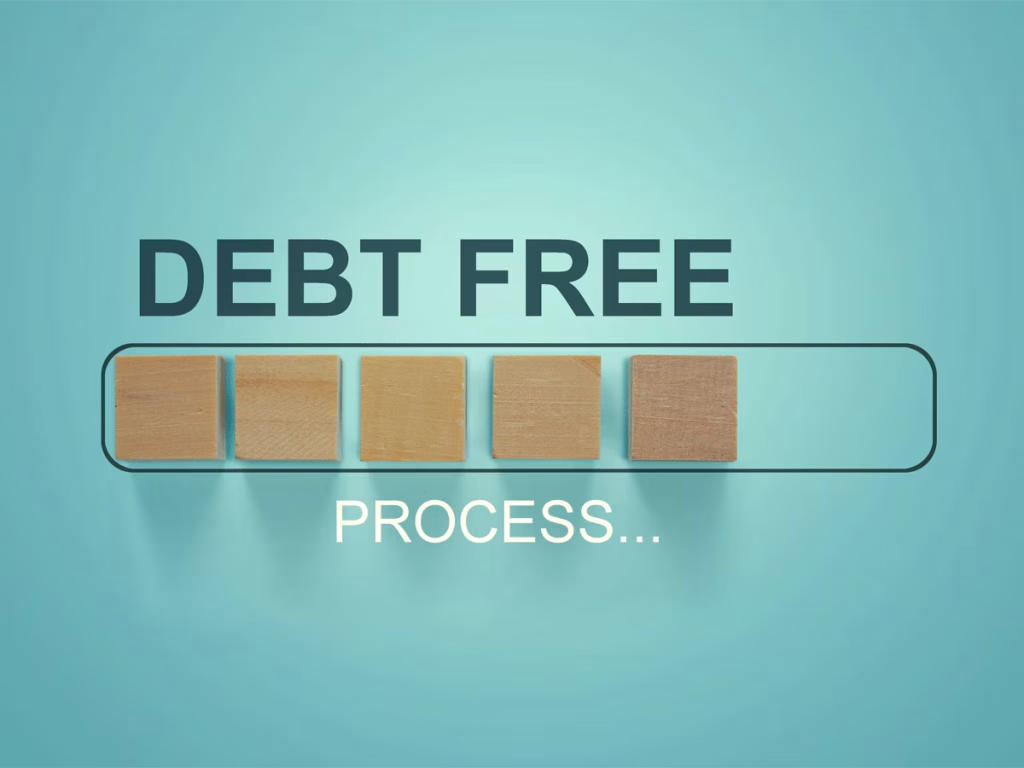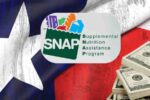The holiday season often brings indulgences—festive meals, time off, and for many, overspending. According to the National Retail Federation, Americans spent an average of $902 on holiday expenses in 2024, setting a record. If some of that spending landed on your credit cards, you might feel overwhelmed by debt as the new year begins.
Certified financial planner Valerie Rivera compares managing finances to maintaining physical health: “It’s like going on a binge in December and then detoxing in January to get back on track.” If becoming debt-free is one of your 2025 resolutions but you’re unsure where to start, these four actionable steps can help.
1. Know What You Owe
Understanding your debt is the first step toward paying it off. List all your debts—credit cards, loans, or any other balances—along with their amounts and interest rates. Samantha Gorelick, a certified financial planner, emphasizes the importance of facing your financial reality, even though it can be emotionally challenging.
“We’re taught to feel ashamed of credit card debt, but it’s often due to systemic issues like wages not keeping up with inflation or unexpected medical bills,” she explains. Whatever the reason for your debt, don’t dwell on shame. Focus on your plan to move forward.
2. Choose a Payoff Strategy
Once you have a clear picture of your debts, select a strategy to pay them off. Here are some effective approaches:
- Debt Consolidation
Debt consolidation allows you to combine multiple debts into one payment, often at a lower interest rate. You can do this using a balance transfer credit card or a debt consolidation loan. For instance, if your credit card interest rate averages 23%, consolidating with a loan at 15% can save you money and accelerate your repayment. However, good credit is usually required for favorable terms.
Gorelick suggests improving your credit score before consolidating by paying down smaller debts first, which lowers your credit utilization ratio. “You might find that halfway through the process, your credit score is in the 700s, making it easier to qualify for a consolidation loan,” she says.
- Snowball and Avalanche Methods
If you don’t consolidate, consider these methods:- Snowball Method: Pay off the smallest debt first, then move to the next smallest. This method builds momentum and motivation.
- Avalanche Method: Prioritize paying debts with the highest interest rates first to save on overall costs.
3. Build an Emergency Fund
While tackling debt is important, don’t neglect your emergency fund. Rivera and Gorelick agree that having savings for unexpected expenses prevents you from relying on credit cards in a pinch.
“Even putting aside $20 a month adds up and can keep a minor repair from derailing your progress,” Gorelick advises. Automating monthly transfers to a high-yield savings account can make this easier. As you pay down debt, redirect freed-up funds toward your emergency savings. It may take time to build three months’ worth of expenses, but patience and consistency are key.
4. Know When to Ask for Help
If your debt feels unmanageable, seek assistance. Ads for debt relief programs are common, but not all options are equally beneficial.
- Debt Settlement
This involves negotiating with creditors to pay less than what you owe, but it can damage your credit and leave a negative mark for up to seven years. - Debt Management Plans (DMPs)
Offered by nonprofit credit counseling agencies, DMPs are a safer alternative. A credit counselor negotiates lower interest rates and creates a structured repayment plan over three to five years. Unlike debt settlement, DMPs help you pay off the full amount owed without long-term damage to your credit.
Why 2025 Is the Year to Take Action
Becoming debt-free doesn’t happen overnight, but with consistent effort and a solid strategy, you can take control of your finances. The key is to start small—acknowledge your debt, choose a repayment plan, and set aside even modest savings. By the end of 2025, you’ll be closer to financial freedom and better prepared for life’s unexpected challenges.
Disclaimer – Our editorial team has thoroughly fact-checked this article to ensure its accuracy and eliminate any potential misinformation. We are dedicated to upholding the highest standards of integrity in our content.





More Stories
How to Pay Off Debt in 2025: Simple Strategies for Long-Term Success
How to Pay Off Debt in 2025: Simple Strategies for Long-Term Success
How to Pay Off Debt in 2025: Simple Strategies for Long-Term Success